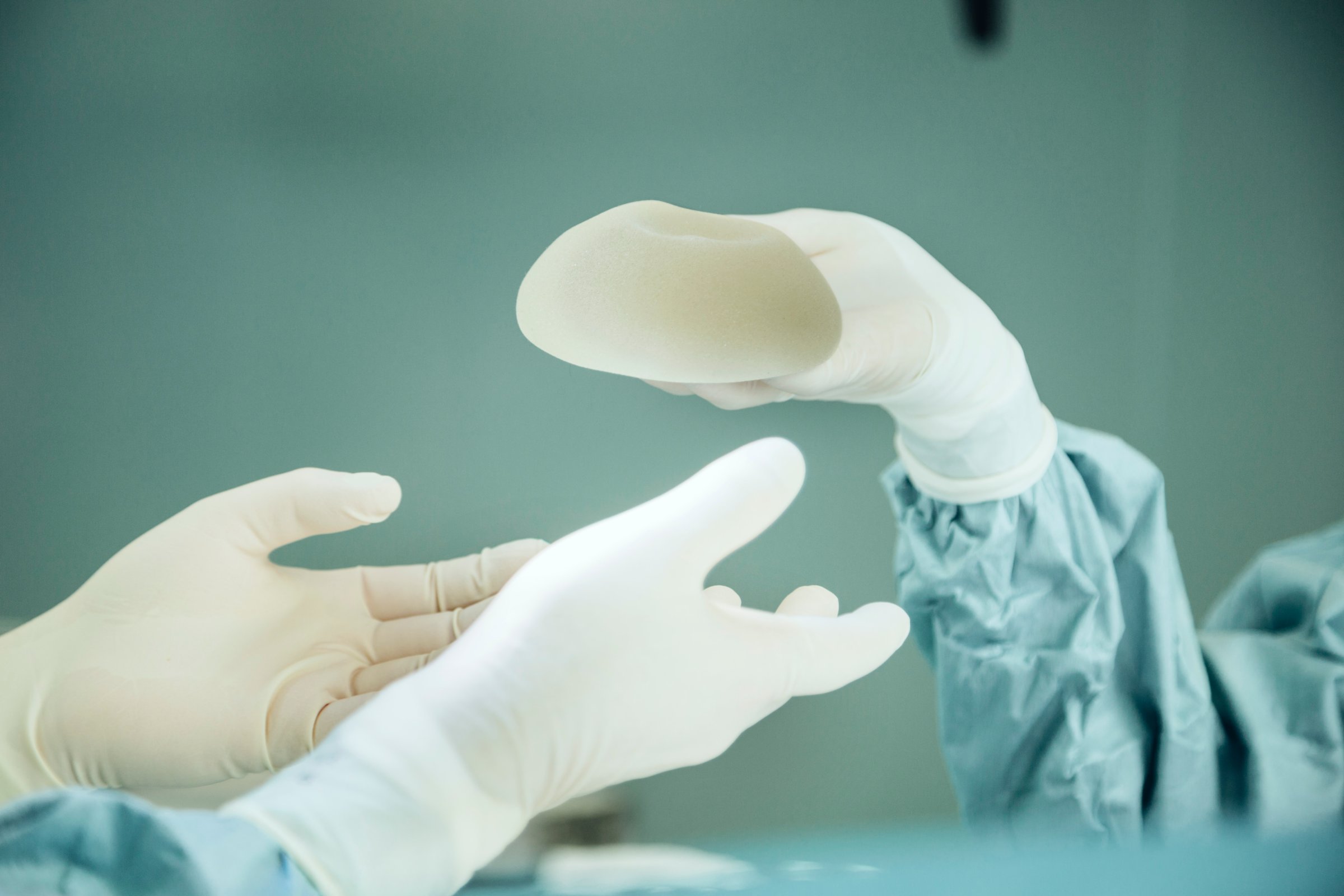
Nine women in the U.S. have died due to a rare cancer associated with their breast implants, federal officials announced on Tuesday.
The U.S. Food and Drug Association (FDA) reported that as of Feb. 1, the agency had received 359 reports of a cancer of the immune system, called anaplastic large cell lymphoma (ALCL), linked to breast implants. According to the FDA the risk for the cancer appears to be higher with textured breast implants as opposed to smooth ones, but the agency is not yet sure why.
The FDA was able to determine whether the surfaces of the implants were textured or smooth for 231 of the implants. Among those, 203 were textured, compared to 28 that were smooth.
About 300,000 women in the U.S. get breast implants each year, and cancer from the implants is rare. However, the potential risks raise questions.
What are textured implants made of?
There are two types of breast implants that are approved in the United States: saline or silicone gel-filled implants. All breast implants have an outer layer that is made of silicone, but they can have different shapes, sizes and textures. They can also vary in thickness.
How common are textured implants?
Currently there are no publicly available numbers to indicate how common textured implants are versus smooth ones, but according to Dr. David Song, the immediate past president of the American Society of Plastic Surgeons (ASPS), textured implants are very common. “I think surgeons use them interchangeably,” he says, adding that the link between textured implants and a higher risk for ALCL is still not confirmed. “It’s still exceptionally rare, but it is real, and we want to figure out what the cause is.”
Why are textured implants used?
One of the most common complications associated with breast implants is called capsular contracture, which is when scar tissue forms around the breast implant, making it hard and tight. It can distort the look of the breasts, and in some cases cause pain for women. Some plastic surgeons feel that a textured implant prevents the build up of scar tissue. Textured implants tend to be stiffer, and may be more ideal for people who want an implant with a more distinct shape.
Why might they have a higher risk for cancer?
The FDA says it doesn’t know why the risk appears to be higher with textured implants. The ASPS has an ongoing registry with the FDA where doctors can report suspected cases of ALCL from breast implants in order to learn more.
Some research has suggested that textured implants are more likely than smooth implants to develop a bacterial coating, which may increase the risk of infection, cancer, or implant failure. However, the link is not definitive. The FDA says more research is needed to understand what’s at play.
What else should I know?
Symptoms for breast implant-associated ALCL are persistent swelling or pain around the implant. The symptoms can often appear years after the initial implant procedure. The cancer is rare, but women should also be aware of the fact that the FDA does not consider breast implants to be procedures that last a lifetime.
“The life of these devices varies according to the individual,” Gretchen Burns, a nurse consultant at FDA’s Center for Devices and Radiological Health (CDRH) said in a statement. “All women with implants will face additional surgeries—no one can tell them when.”
The FDA warns that the longer a woman has breast implants, the higher her chance for complications and further surgeries, adding that few women will keep their original implants for 20 to 30 years.
More Must-Reads From TIME
- The 100 Most Influential People of 2024
- The Revolution of Yulia Navalnaya
- 6 Compliments That Land Every Time
- Stop Looking for Your Forever Home
- If You're Dating Right Now , You're Brave: Column
- The AI That Could Heal a Divided Internet
- Fallout Is a Brilliant Model for the Future of Video Game Adaptations
- Want Weekly Recs on What to Watch, Read, and More? Sign Up for Worth Your Time
Contact us at letters@time.com